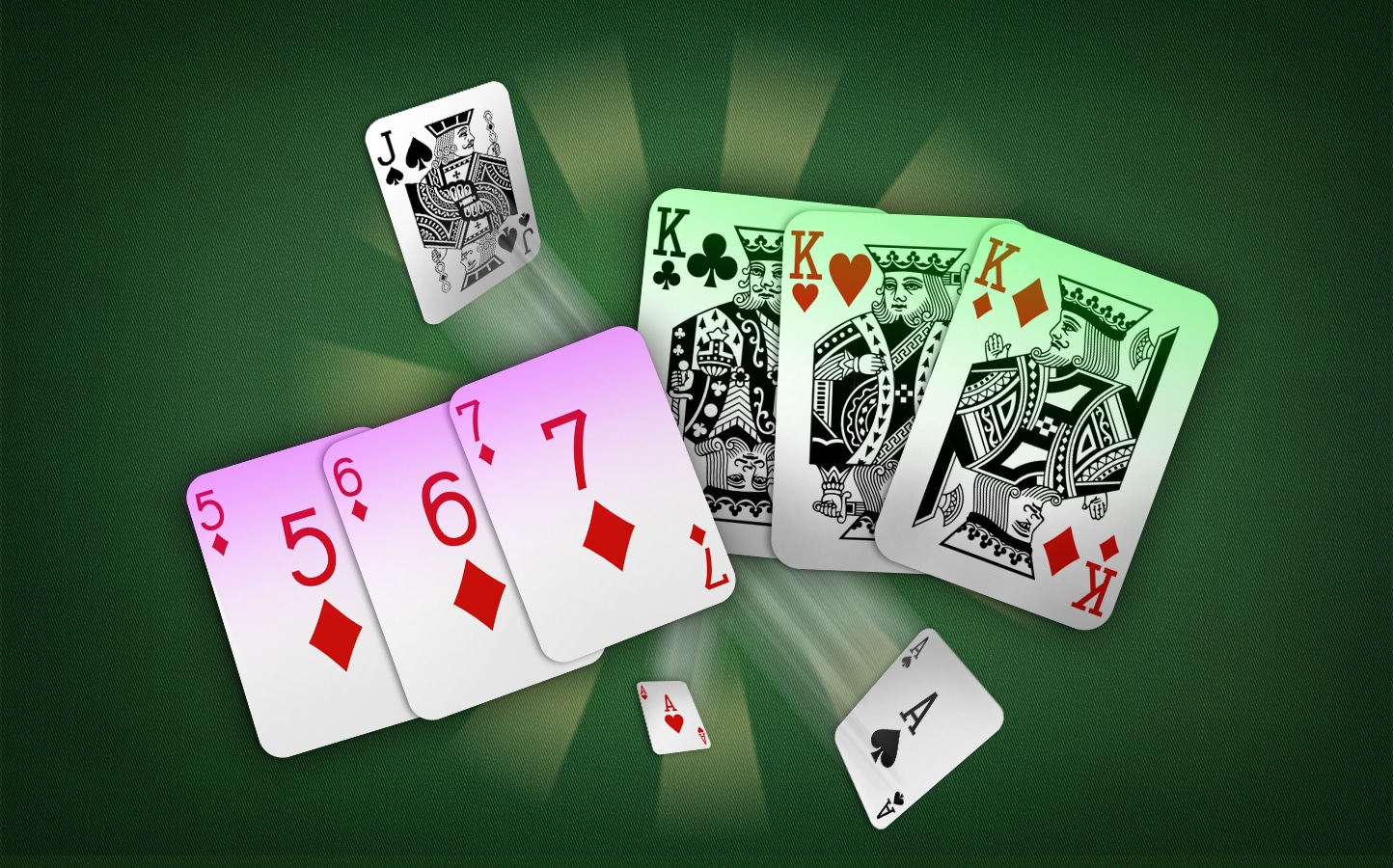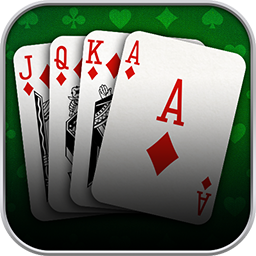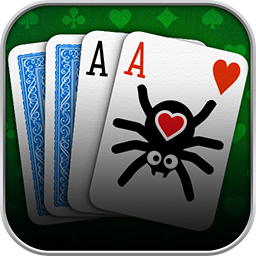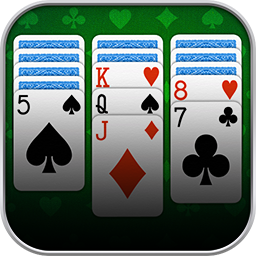When giving advice, the Gin Rummy pros differentiate between offensive and defensive Gin Rummy tactics. In this lesson, we will introduce you to some approaches to offensive play. The defensive style will be taken care of in next lesson.
So, what does offensive actually mean in Gin Rummy? This style of play aims to achieve maximum success in the form of a gin as quickly as possible without paying much attention to the opponent’s moves.
This approach brings high chances of winning and, of course, entails an equally high risk.
Draw & Sort in Offensive Gin Rummy
In the offensive Gin Rummy, you want to place all your cards in melds and discard what seems least helpful to achieve this goal in each turn.
In other words, you keep your melds and add to them.

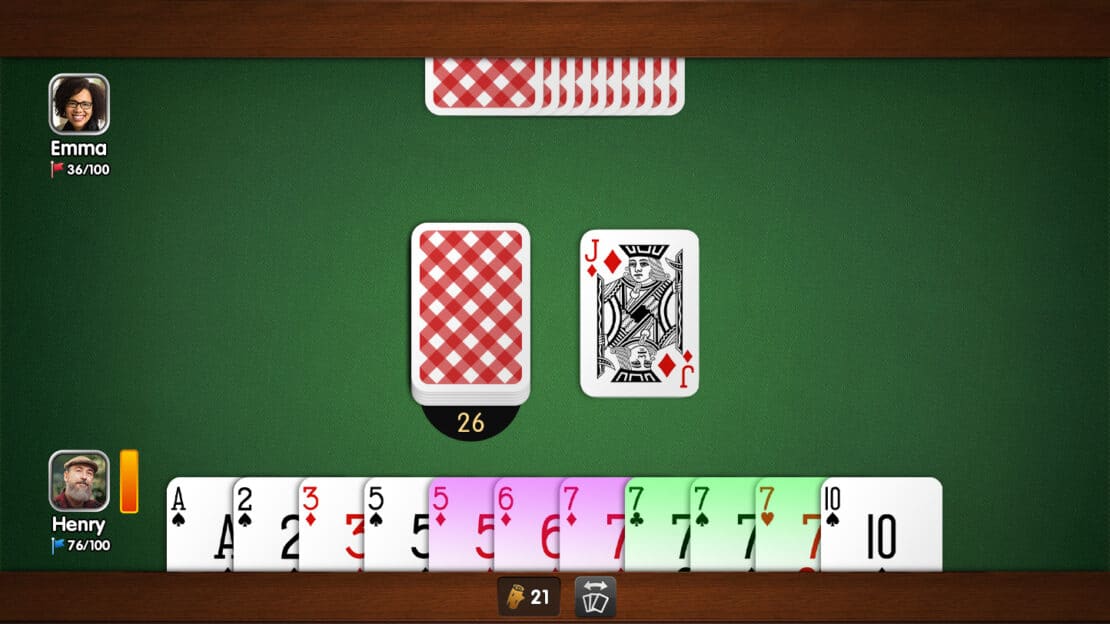
You should also remember that a Gin is usually easier to achieve if you also form sequences rather than just groups.
If you ever have to decide where to draw in a situation like the following, weigh up whether you need to fill up the second group or if you’d rather take a chance drawing face-down.

Breaking the Rules of Thumb
In the previous lesson about the Gin Rummy Strategies, we advised you to avoid drawing face-up cards if they don’t complete or expand a meld. Once you are a bit more advanced, you can loosen this rule a little.
In practice, this means that you can draw a face-up card that doesn’t complete a meld, but which can form the basis of two different melds with two different cards in your hand. That way, you have a better chance of completing a meld the next time you draw a card.
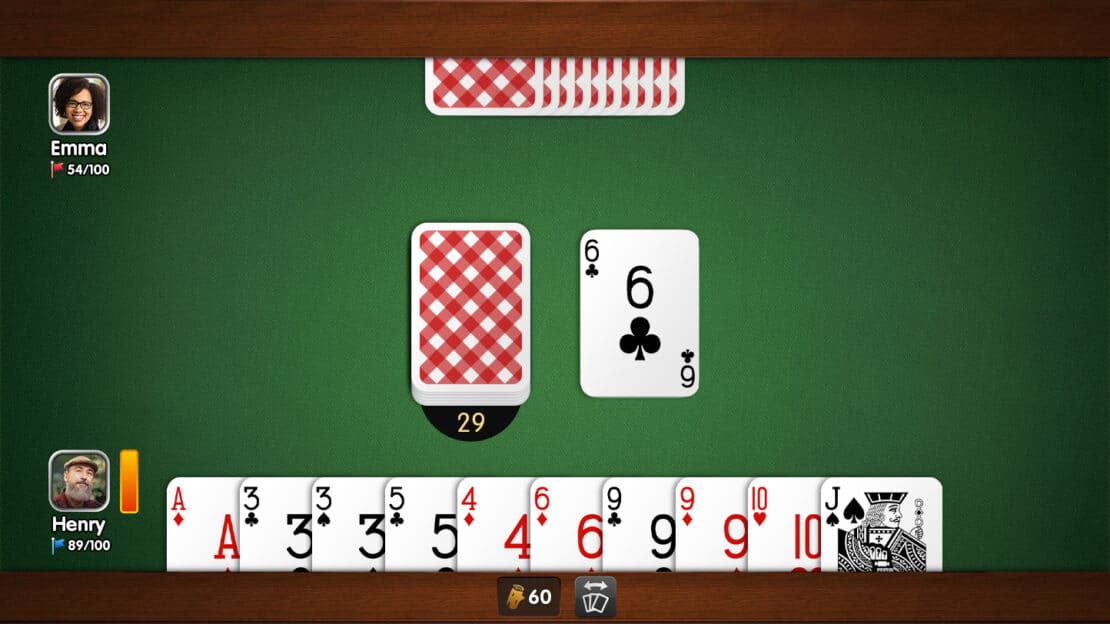
The Five and Six of Clubs are a good start for a Seuquence. Furthermore, the Six of Clubs together with the Six of Diamonds puts a group of Sixes within reach. Discarding the Ten of Hearts or the equally useless Jack of Spades would then reduce Henry’s deadwood by four points.
This maneuver is more suitable when dealing with medium to low-value cards and when the current round has not yet proceeded too far, for example within the first 5 to 10 turns.
Discarding in Offensive Gin Rummy
As mentioned at the beginning: in an offensive game, you theoretically pay little attention to what your opponent has drawn or discarded so far.
That means you simply discard what does the least good and the most harm in your hand.
Cards that do no good are those that don’t belong to any meld and don’t form a combination that could become a meld with any other card in your hand.
Cards that even do harm don’t go with any other cards and have a high value, too. This applies in particular to the ten-pointers – Tens, Jacks, Queens, and Kings.
So, in the offensive style of playing Gin Rummy, you check your deadwood for cards with these characteristics before discarding the worst of them.
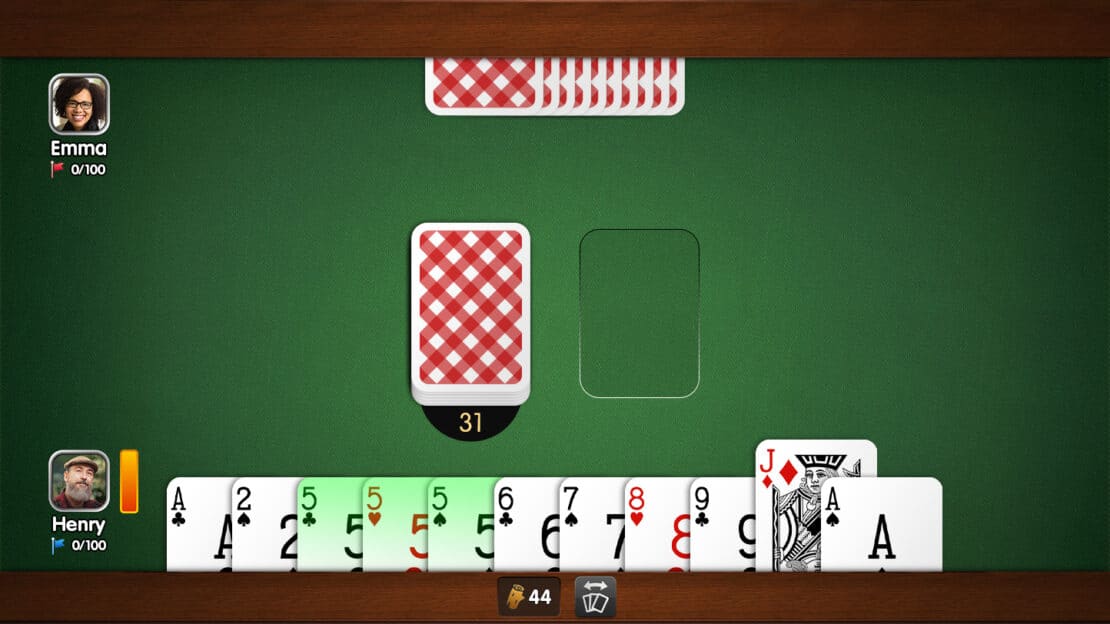
If, despite your offensive focus, you have noticed that your opponent has already drawn two Kings, for example, and you must choose between discarding a King or an equally useless Ten, it’s, of course, a little wiser to discard the Ten first, even though this would be a defensive maneuver.
Offensive Until the End?
As you can see, even if we split approaches into offensive and defensive, it is not necessarily advisable to stubbornly pursue just one approach for the entire round.
Some professionals and guidebooks advise starting the round offensively and only becoming defensive if the hand doesn’t produce a Gin within the first 5 to 10 turns.
So, you are generally well-advised to play a mix and adapt flexibly to the game situation.
Why not try the offensive approach to Gin Rummy at the Gin Rummy Palace? If you want to read more before playing, you can browse through the other Gin Rummy Lessons or refresh your memory on the Gin Rummy Rules again.
